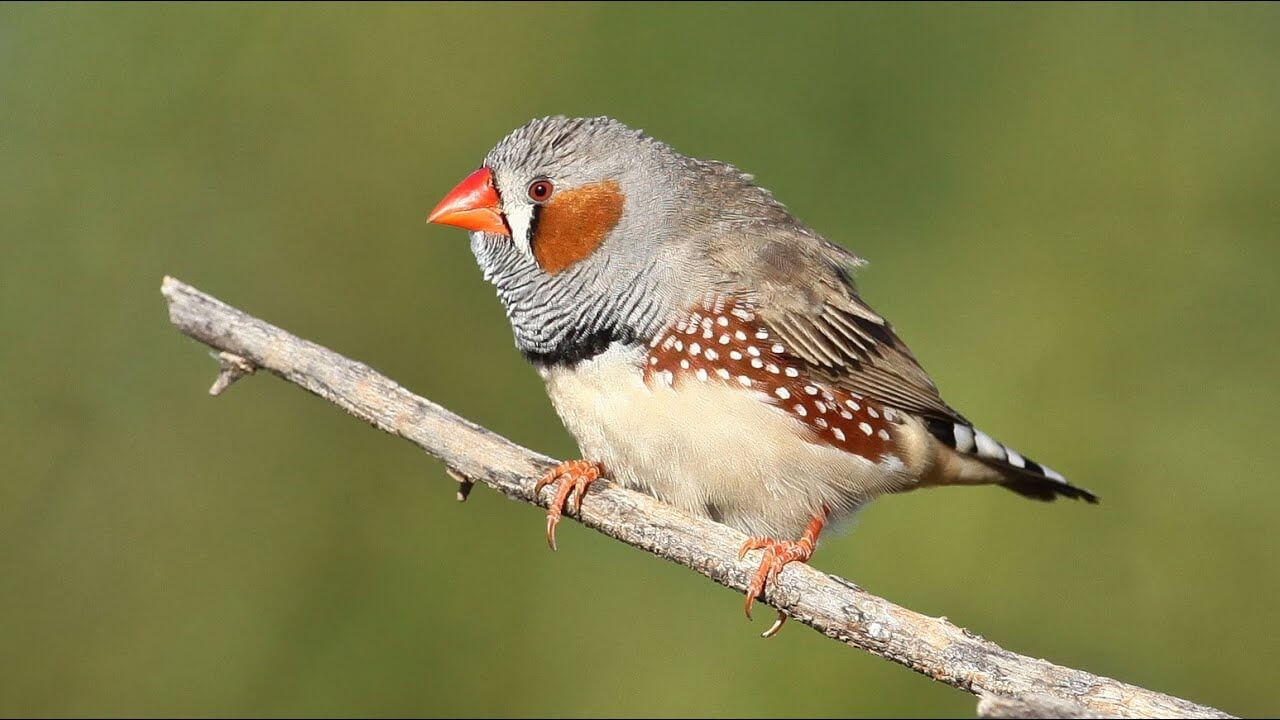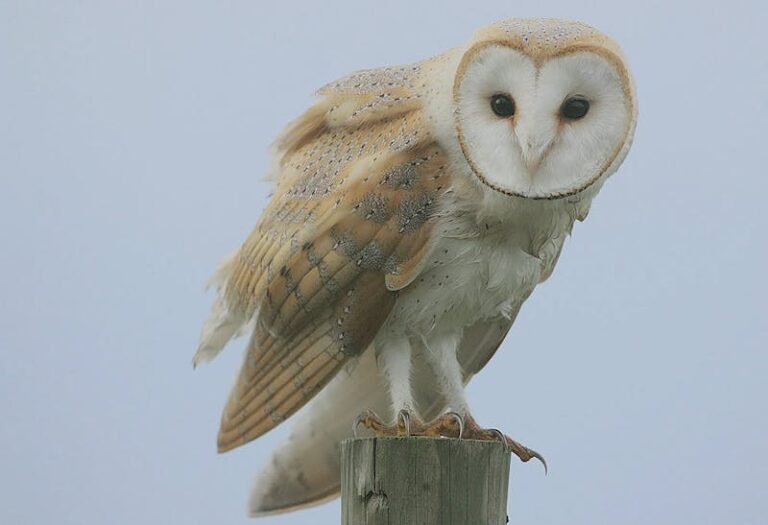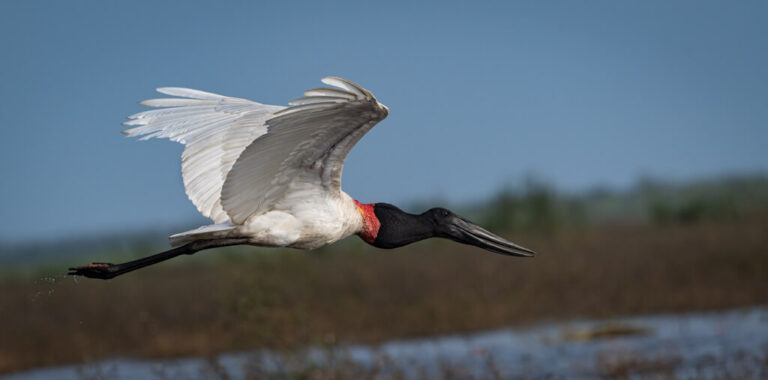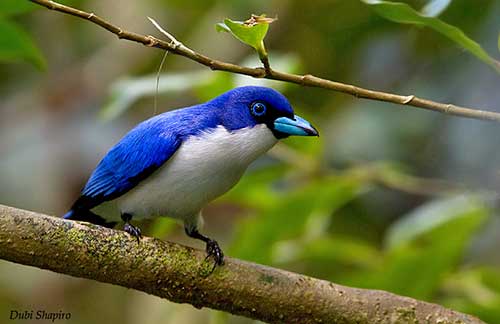Zebra Finch: An In-Depth Look at this Remarkable Bird
The zebra finch is a small yet striking bird renowned for its vibrant markings, melodic songs, and fascinating behavior. Found across various regions of Australia, this bird is not only a favorite among birdwatchers but has also become a significant model species for scientific research.
Let’s dive deep into the world of the zebra finch, exploring its scientific classification, physical traits, natural habitat, behavior, and much more.
Contents
Scientific Classification
- Scientific Name: Taeniopygia guttata
- Family: Estrildidae
- Order: Passeriformes
- Class: Aves
- Kingdom: Animalia
Zebra finches belong to the Estrildidae family, which small, seed-eating birds characterize. The species is divided into two subspecies: the Australian zebra finch (T. g. castanotis) and the Timor zebra finch (T. g. guttata).
Physical Characteristics

Zebra finches are easily recognizable by their unique patterns and colors. Here’s what makes them stand out:
- Size: 10-12 cm (3.9-4.7 inches) in length.
- Weight: Approximately 10-12 grams.
- Color: Males are more colorful, featuring striking black-and-white stripes on their throats and chests, orange cheeks, and a bright red beak. Females, while more subdued in appearance, have a lighter, orange beak and lack distinct cheek and chest markings.
- Wings: Their wings are brownish-gray with a speckled pattern.
- Tail: A characteristic black and white striped tail gives them the name “zebra.”
Habitat and Distribution
Native to Australia, zebra finches thrive in a wide range of environments, from open grasslands and forests to shrublands. They are most commonly found near water sources such as rivers and lakes, as they need regular access to water for drinking and bathing.
- Global Range: Though primarily native to Australia, zebra finches have spread to other parts of the world, such as Indonesia and Timor-Leste, and have been introduced in captivity across Europe and North America.
- Climate: They prefer warm, arid environments, making the deserts and savannas of Australia their ideal habitat.
Behavior and Social Structure
Zebra finches are highly social birds that live in large flocks, often interacting through chirps and songs. These birds are known for their:
- Communication: Males produce a series of high-pitched songs to attract females or mark territory. Each male’s song is unique, learned during its juvenile stage.
- Foraging: In the wild, zebra finches forage in groups on the ground, searching for seeds, grasses, and other small plant matter.
- Group Living: Living in large flocks provides them with protection against predators and allows them to forage more efficiently.
Diet
Zebra finches are granivores, meaning their diet primarily consists of seeds. In the wild, they feed on a variety of grass seeds, but they will also consume:
- Insects: Particularly during the breeding season, zebra finches will seek out insects like termites, which provide them with essential proteins.
- Fruits and Vegetables: Though rare in the wild, zebra finches in captivity may enjoy small amounts of fruits or vegetables.
Reproduction and Lifespan
Zebra finches are known for their monogamous pair bonds, which last for life. The reproductive cycle is closely tied to environmental conditions, particularly the availability of food and water.
- Breeding Season: In the wild, breeding often occurs after rainfall, which leads to abundant food supplies.
- Nesting: Pairs build spherical nests using grass and twigs, often in low shrubs or trees.
- Eggs: A typical clutch consists of 4-6 small white eggs. Both parents take turns incubating the eggs, which hatch after about 12-14 days.
- Chick Development: The chicks are born blind and helpless but grow quickly. They fledge the nest within 3 weeks and reach independence at around 5 weeks old.
- Lifespan: Zebra finches live an average of 5-9 years in the wild and up to 12 years in captivity with proper care.
Predators and Threats
In their natural environment, zebra finches face a range of predators, including:
- Birds of Prey: Falcons, hawks, and kites often prey on adult finches.
- Snakes: Nests are vulnerable to snake predation, especially during the breeding season.
- Other Predators: Larger mammals like cats or rodents may also pose a threat to young or injured birds.
Despite these threats, zebra finches have adapted well to their environment and often rely on group living for protection.
Conservation Status
The IUCN Red List categorizes the zebra finch as a species of Least Concern due to its large and stable population. While there are no major conservation threats to this species, habitat destruction and climate change could impact local populations in the future.
- Captive Breeding: Zebra finches are one of the most common birds bred in captivity, often found in aviaries around the world. This widespread captive breeding ensures the species’ survival outside of its natural habitat.
Interesting Facts
- Scientific Research: Zebra finches are a model organism in neuroscience and behavioral studies, particularly for understanding the learning process of bird songs and communication.
- Color Vision: Zebra finches have excellent color vision and can distinguish a wide array of colors, which plays a crucial role in mate selection.
- Rapid Reproduction: These birds are prolific breeders and can produce multiple clutches in a single season under favorable conditions.
- Adaptability: Zebra finches have been observed living in urban areas, adapting to changes in food availability and habitat.
Evolutionary History
The zebra finch’s evolutionary lineage dates back millions of years, closely related to other finches and small seed-eating birds. Fossil records suggest that their ancestors adapted to Australia’s arid climate, which likely contributed to their resilience and success as a species. Genetic studies have also shown a high degree of adaptability in the zebra finch genome, allowing them to thrive in varied environments.
Relationship with Humans
Zebra finches have had a long-standing relationship with humans, especially as popular pets. They are easy to care for and highly social, making them ideal for both beginner and experienced bird enthusiasts. In addition to their popularity in aviculture, zebra finches are:
- A staple in laboratory research.
- Providing critical insights into animal behavior.
- Learning.
- Even genetics.
Conclusion
The zebra finch is a fascinating species, from its unique vocalizations and colorful appearance to its social behavior and reproductive habits. Whether observed in the wild or as a companion in captivity, these small birds have captured the attention of both scientists and bird lovers alike. Their adaptability and resilience make them a symbol of survival in some of the harshest environments on Earth. As their natural habitats face environmental challenges, the zebra finch remains an enduring testament to the beauty and complexity of the avian world.
- Golden Retriever Pros and Cons: What Every Pet Parent Should Know - 15 September 2025
- Cane Corso Dog Breed: Health, Care, and Lifespan - 14 September 2025
- Catahoula Leopard Dogs: Description, Temperament, Lifespan, & Facts - 21 July 2025







